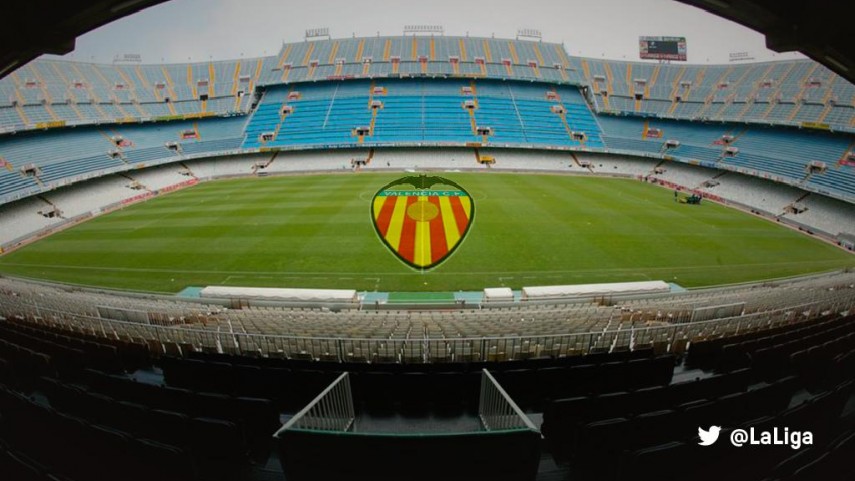Features
JUE 30.07.2015
- In its beginnings, it was surrounded by allotments and fields of crops. That’s why its name comes from the historic irrigation canal of Mestalla, which was outside the south stand of the stadium, and had to be jumped over in order to get to the ground.
- The first duel hosted at the Mestalla, was in fact a derby against FC Levante. Valencia triumphed in that clash with a goal from Arturo Montesino ‘Monte’.
- Before its construction, the team played their matches at ‘el campo de Algirós’.
- Its surface was earth until, in 1927, with the first remodelling, they laid the grass pitch.
- Like the city of Valencia, the stadium also suffered serious attacks during the Civil War, and years later, had to undertake a large reconstruction.
- The Great Flood of the River Turia that flooded Valencia in 1957 also seriously affected the Mestalla: the electrical systems, the seats in the grandstand and the offices suffered the worst of it.
- From 1969 to 1994, the name of the stadium changed to that of Luis Casanova, one of the most loved presidents in the history of the club. In 1994, Casanova himself wrote a letter to the club asking for the ground to once again be called the Mestalla.
- It was the ground which hosted the three matches played by the Spanish national team in the group stages of the 1982 World Cup against Honduras, Yugoslavia and Northern Ireland. Spain played there again in the Barcelona Olympics in 1992.
- After El Molinón, the Mestalla will be the second oldest stadium in La Liga BBVA this season.
This stadium has hosted ten finals of the Copa del Rey, the first was played in 1926 and the last, in 2014, between Real Madrid and FC Barcelona.
Follow all the latest news for Valencia @ValenciaCF
© LALIGA - 2015



